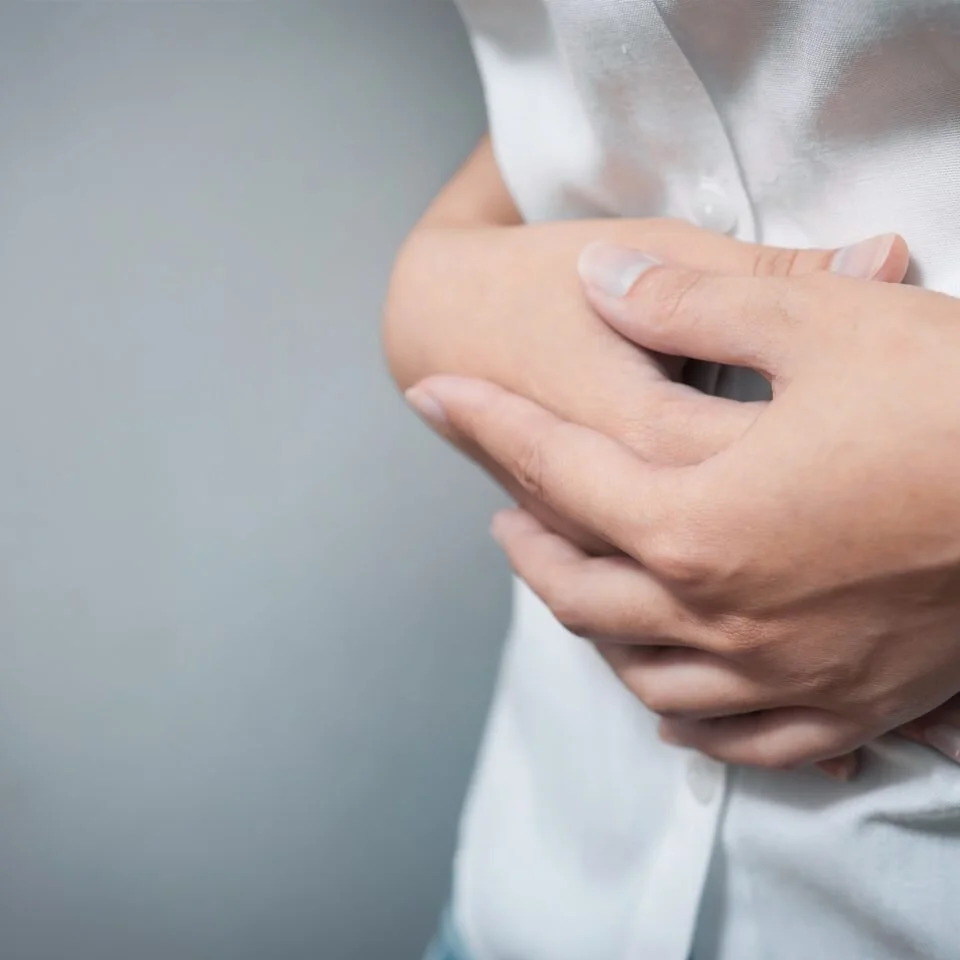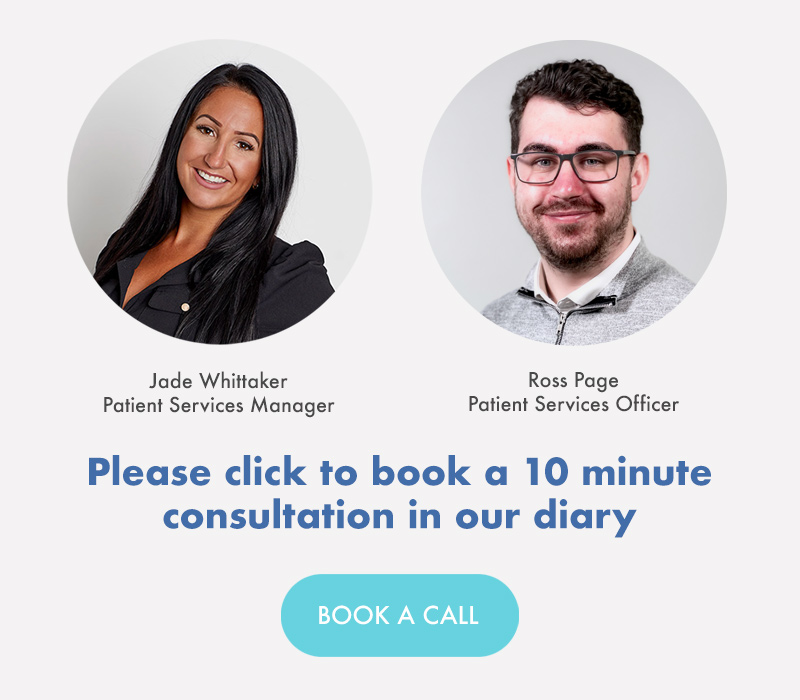Advice centre / understanding haemorrhoids
How do I know if I have piles?
Piles symptoms are quite clear – but that doesn’t take away from the intimate nature of the condition and how embarrassed you might feel about having them.
It’s important to know you are not alone. Some 8 million people in the UK show signs of haemorrhoids or their symptoms.
If you’ve got piles, you’re probably feeling some discomfort or itching in or around your anus, strange lumps and even slight discharge or bleeding from your bottom.
What are the signs and symptoms of piles?
So how do you know if you actually have piles? The most common way to find you have piles is finding fresh blood on the toilet paper, but piles can also cause pain, itchiness or a lump that you can feel sticking out from your bottom.
If you have ever asked yourself, "Why am I bleeding from my bottom?" - then you might have piles. However, it's impossible to confidently diagnose piles yourself. In fact, many doctors find it difficult too.
In one study in 2010, 198 doctors were asked to diagnose piles and the non-specialist doctors got the diagnosis wrong in more than half the cases they were asked to examine!
That’s why eXroid recommends that you should see a doctor with expertise in the condition if you suspect you may have piles, especially if you have noticed any bleeding. A proper examination is important to rule out anything sinister like bowel cancer.
To organise an appointment with an eXroid consultant, please call us on 0800 999 3777 or click here for all other queries.
Leading symptoms to be aware of
Bleeding from your bottom is one of the most common haemorrhoid symptoms. If this sounds familiar, you could have piles.
Intimate itching is one of the first signs of haemorrhoids. It’s annoying and embarrassing but easily relieved.
Symptoms of internal piles and external piles can include a damp feeling in your underwear caused by discharge.
A funny smell is a rare, but not unusual symptom of piles. And like most of the other signs can be treated in a number of ways.
From uncomfortable soreness to not being able to sit down properly, pain is another one of the signs of haemorrhoids.
With pain, itching and bleeding, often come lumps and swelling in the area. This can be a sign of internal and/or external haemorrhoids.
Often described as “feeling like you need a poo” – added pressure around the bottom is another potential symptom of haemorrhoids and can have you feeling like you need to go to the toilet more than usual. They may even make you feel like you haven’t completely finished and tempt you to strain, which you should try to avoid.
Would you like to discuss your condition with a trained advisor?
Please call us now on 0800 999 3777 or let us know your contact details below and we'll be in touch:What are haemorrhoids, what causes them and what are the common symptoms?
How to manage symptoms during and between flare-ups and when to get help.
What are the treatment options – a look at symptom relieving options vs. medical treatments.
Our FAQs cover details around costs, aftercare treatment and Insurance cover.
Why choose eXroid® haemorrhoid treatment?
The eXroid® treatment takes 30 minutes or less. Effects can be felt from immediately and no waiting for a referral
The procedure is supported and carried out by the UK's leading specialist consultant surgeons in CQC registered clinics
Get back to your life straightaway, with no time off work needed after the eXroid® procedure
eXroid® electrotherapy is subject to NICE guidance (IPG525 & MIB201), is rated as Outstanding by the CQC and carries the CE mark

















